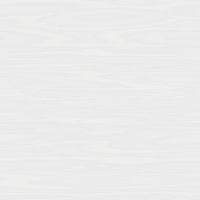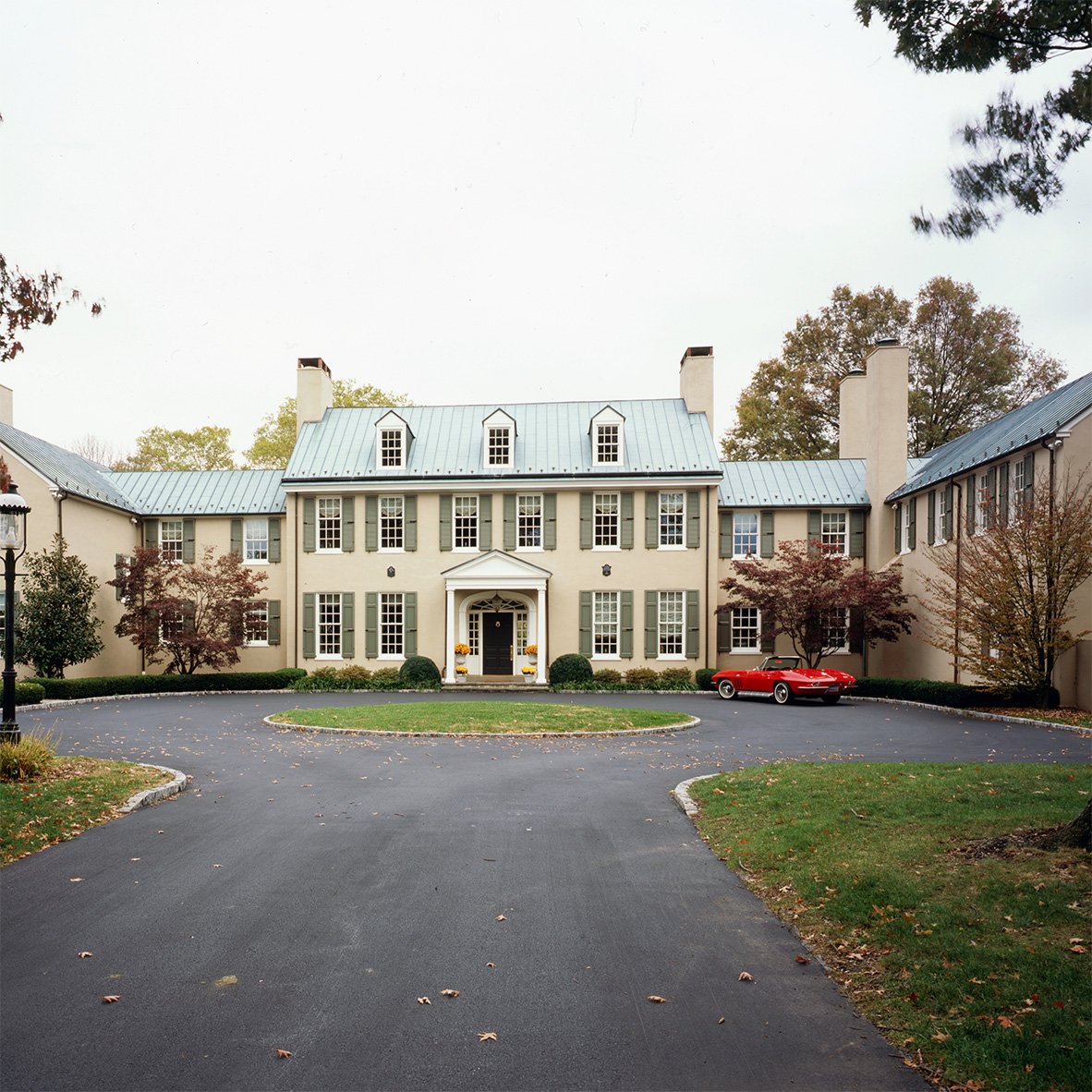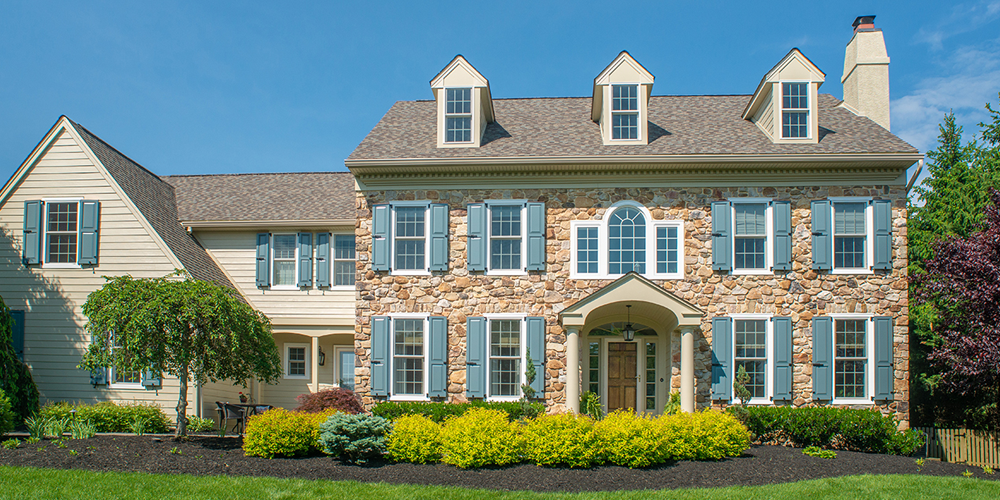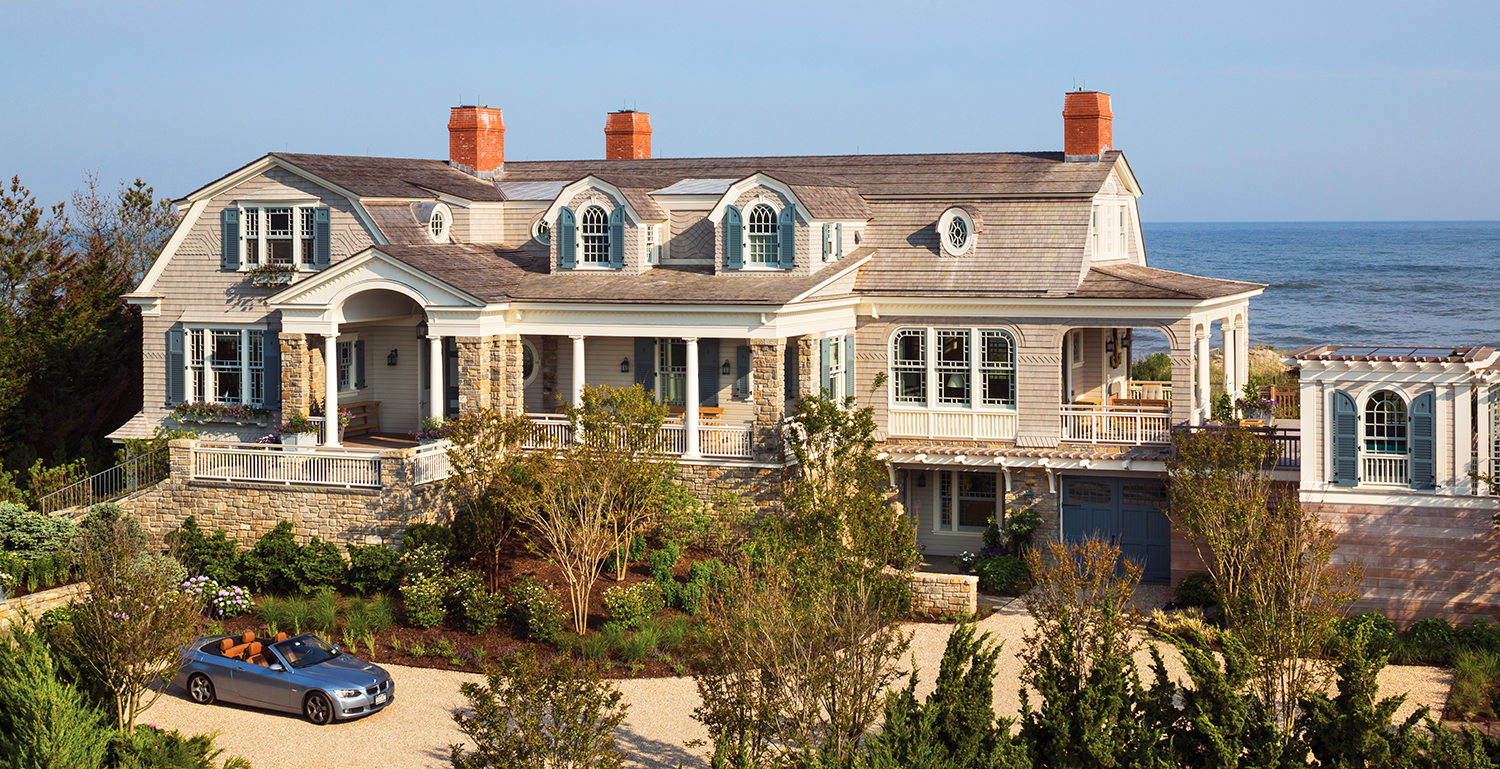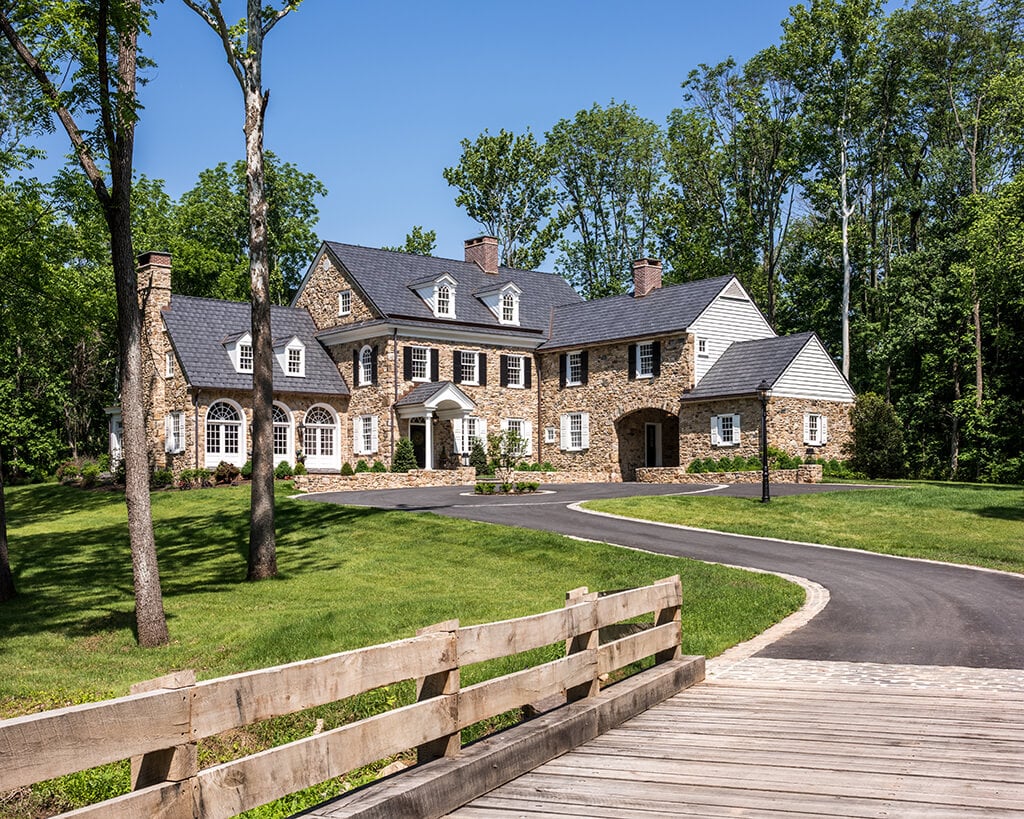/z-brace-board-and-batten-shutters-on-brick-home-1.png?width=900&name=z-brace-board-and-batten-shutters-on-brick-home-1.png)
One of the simplest ways to transform the look of a home is to add exterior shutters, and it doesn’t take much time or effort to design stunning custom shutters that reflect your personal style. It’s a whole lot of fun, too!
We want to make sure that nothing spoils your fun. We want you to achieve a flawless finished look that exceeds your expectations and brings you nothing but joy for years to come.
To that end, we’ve compiled this list of shutter pitfalls for you to sidestep on your path toward the perfect pair(s).
Choosing the Wrong Material
/stacks-of-raw-wood-to-handcraft-exterior-shutters-2.png?width=900&name=stacks-of-raw-wood-to-handcraft-exterior-shutters-2.png)
You wouldn’t be reading this unless you cared deeply about the look of your home, and when it comes to aesthetic appeal, shutter material really does matter. There’s simply no substitute for the beauty and longevity of genuine wood or high-quality Endurian® PVC shutters. One look at “the real deal,” and you know: Premium materials are worth the investment.
Sure, vinyl shutters are a “quick fix” you can find on a shelf at any big box store. They come in a wide variety of colors. They’re inexpensive and easy to install. You just stick them on the sides of your windows, and you’re done — until, of course, the shutters wilt and fade with a little bit of exposure to the elements.
Composite wood shutters are certainly a step up from vinyl, but they, too, are susceptible to sagging and bowing in moist climates. Synthetic wood offers nowhere near the same design versatility as real wood or Endurian, which can be milled to look exactly like wood, so your customization options will be limited with a composite material.
For a deeper dive into the benefits of real wooden shutters, check out our previous post explaining how to choose the best shutter material. Or, to really see the difference premium materials can make in the look of your home, explore our photo gallery.
Confusing Fixed and Functional
/fixed-mounted-vs-functional-shutters-2a.png?width=768&height=576&name=fixed-mounted-vs-functional-shutters-2a.png)
Historically accurate, or purely decorative? That is the question, and it’s an important one to ask at the beginning of your shutter journey. Once you’ve chosen a shutter material, you must decide how you want your shutters to be installed.
There are two ways to mount shutters: fixed to the side of the house, and functional, with hinges that allow the shutters to open and close. Aesthetically speaking, there is a difference between the two — functional shutters add striking depth and shadow lines — so if you’re a stickler for details,
Ultimately, this comes down to personal preference. It can also depend on your home’s exterior material and the specifications of your window casings. Some homes are better suited to functional shutters than others.
We elaborate on the difference between fixed mounted and functional shutters elsewhere on our blog.
Improper Shutter Sizing
/illustration-of-incorrect-and-correct-shutter-sizes-4.png?width=900&name=illustration-of-incorrect-and-correct-shutter-sizes-4.png)
You’ve most likely encountered some examples of poorly sized shutters — narrow strips of color flanking double windows, large sheets of material dwarfing the windows they accompany, arched windows paired with standard rectangles, etc. — so you understand how much of an eyesore this can be. You don’t want your shutters to draw negative attention to your home!
Shutters were invented as window coverings. They were meant to fit perfectly over windows, with each shutter measuring exactly half the width of the opening. While this sizing served a practical purpose in the years before glass panes were prevalent, it’s also what gives shutters their timeless appeal. Shutters enhance a home’s exterior by adding visual interest and keeping the whole look balanced.
There’s a subtle sophistication to a home with proper shutters. When shutters are askew, it looks tacky and haphazard. Avoid this by having your windows accurately measured before placing a shutter order.
Missing Shutter Capping
/copper-shutter-capping-5.png?width=900&name=copper-shutter-capping-5.png)
We can’t stress this enough: Shutter capping is a necessary part of any top-notch installation and should never be overlooked. As we mention in our post about the importance of shutter capping, neglecting to install the protective metal “roof” on the top rail of your shutters is like letting your insurance lapse.
Indeed, even the highest quality wood shutters need this extra layer of protection from Mother Nature. Left exposed, the wood can suffer water damage that cuts its lifespan short. Simply put: You won’t get maximum return on your shutter investment without shutter capping.
Capping also has aesthetic value; it’s available in aluminum and copper and can also be painted to blend in with the color of the shutters.
Hardware Mishaps
/functional-shutter-hinge-6.png?width=900&name=functional-shutter-hinge-6.png)
Shutter capping is considered essential hardware, but many design-conscious homeowners choose to adorn their shutters with all the optional “bells and whistles,” as well.
Decorative shutter hardware can take a home’s overall look to a whole new level — but the hardware has to be chosen wisely and installed properly. A few common hardware mistakes include:
- Hinges placed in the wrong spot. Remember that even if you don’t plan to open and close your shutters, they should at least look as if they can close tight over the window opening. Therefore, depending on the materials of your home’s exterior and window casing, hinges may be mounted directly to the face of your home or inside the window casing. Check out our helpful installation instructions to see which method of install works for your home.
- Straps screwed to the wrong side of the shutter. When the shutter is open, the straps should not show; they should be affixed to the side of the shutter that faces the home.
- Roaming tiebacks. The placement of shutter tiebacks, otherwise known as “shutter dogs,” is a personal choice. Timberlane recommends installing tiebacks along the bottom edge of the shutter (about four inches in from the shutter’s edge), not off to the side.
Your home is your domain, and any way you choose to style your shutters is a beautiful thing. But if you’re concerned with nailing the authentic, functional shutter look, your hardware has to be on point.
This is easy to achieve with Timberlane’s comprehensive end-to-end service; your personal design consultant will help you select the right hardware, and your experienced installer will ensure a flawless finished look!
How to Achieve the Perfect Look with Exterior Shutters
/red-panel-shutters-on-stone-home-7.png?width=900&name=red-panel-shutters-on-stone-home-7.png)
You don’t have to be a shutter expert to know the difference between home design done right, and “something is a little off.” Exterior shutters are just one detail that adds up to the envy-inspiring curb appeal you crave. Giving every detail its due attention can pay big dividends, while neglecting those details can drag your whole look down..
Fortunately, you have bona fide shutter experts at your fingertips who can execute the perfect shutter installation. Start the process by scheduling a consultation with Timberlane!

